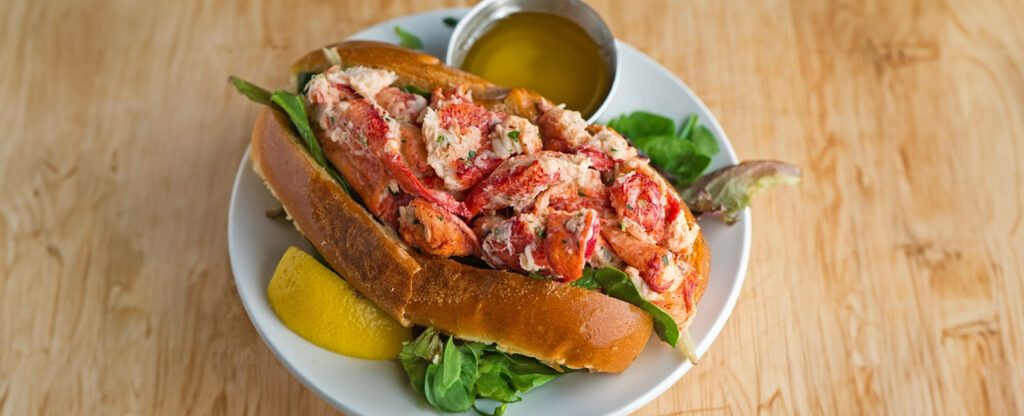

Healthier Dining Habits Drive Menu Innovation
Health has never been more important. The world is talking about coronavirus, how to prevent it, how to treat it, and the lifestyle diseases that worsen its effects.
These conversations have reignited the need for healthful eating because it is one of the most important ways to improve our overall health and well-being.
According to Datassential’s COVID-19 Health at Home report, 78% of consumers agree that diet has a major impact on how your body fights/protects against illness, and 44% of consumers say they have been eating healthier in response to COVID-19.
The foundation to any healthful eating pattern is consuming an ample amount of plants, specifically fruits, and vegetables. Restaurants have a unique and important opportunity to provide consumers with a variety of plants to support healthful eating and their overall wellness.
Restaurants have been instrumental in exposing people to fruits and vegetables and providing consumers with a delightful, delicious plant-forward experience,” says Wendy Reinhardt Kapsak, president and CEO of the Produce for Better Health Foundation. “Restaurants are often the first exposure, or point of entry, to trying — continuing to try — new fruit and vegetable consumption behaviors,” says Reinhardt Kapsak.
Popular fast-casual chain restaurants Roti Modern Mediterranean, Panera Bread, Noodles and Company, and Chipotle Mexican Grill have put fruits and vegetables at the core of their healthful menu development.
- The majority of Roti’s entrée toppings are colorful nutrient-dense vegetables such as red cabbage slaw, cucumber, and tomato, and fresh seasonal vegetables roasted in-house.
- Panera Bread added plant-based grain bowls with a variety of produce such as corn, tomatoes, avocado, arugula, and cucumbers. These new bowls are a warm complement to Panera’s produce-centric salad menu that features strawberries, edamame, and blueberries.
- Noodle’s and Co. introduced “Zoodles,” zucchini cut into noodle shape, that boost its entrée’s vegetable quotient.
- Chipotle has a long history of offering vegetarian entrées with guacamole and introduced plant-forward lifestyle entrées that introduced supergreens to its menu. According to Chipotle’s VP of Marketing Stephanie Perdue, “Chipotle has the opportunity to bring more vegetables to the center of the plate. Chipotle customers are looking for simple, plant-based food now more than ever, especially as people look for convenient ways to eat healthier at home,” she says.
As consumers gain more exposure to fruits and vegetables from popular fast-casual chain restaurants, they will look to all types of restaurants to offer and innovate with more fruits and vegetables. Here are a few ways to incorporate fruits and vegetables into the menu.
- Let the vegetable be a flavor carrier: Kale, cauliflower, and Brussels sprouts rose to popularity because they were paired with a variety of unique, familiar, and slightly indulgent flavors such as parmesan, balsamic, curry, and bacon.
- Allow fruits to be the star flavor: The natural, vibrant flavors of fruit can enhance any part of the menu. Fruit salsas made from mango, pineapple, peaches, and watermelon can top chicken, pork, beef, or seafood. Purée fresh or frozen fruits into dressings or sauces, add fresh fruit to salads and bowls and add to trendy pizza, flatbreads, or tacos.
- Add simple fruits and vegetables to family meals: As families continue to stay-at-home and prioritize healthy eating, ensure newly developed family meals are well-rounded with fruits and vegetables. These can be everyday items like salads, mixed veggies, and fresh fruit.
Source: National Restaurant Association










